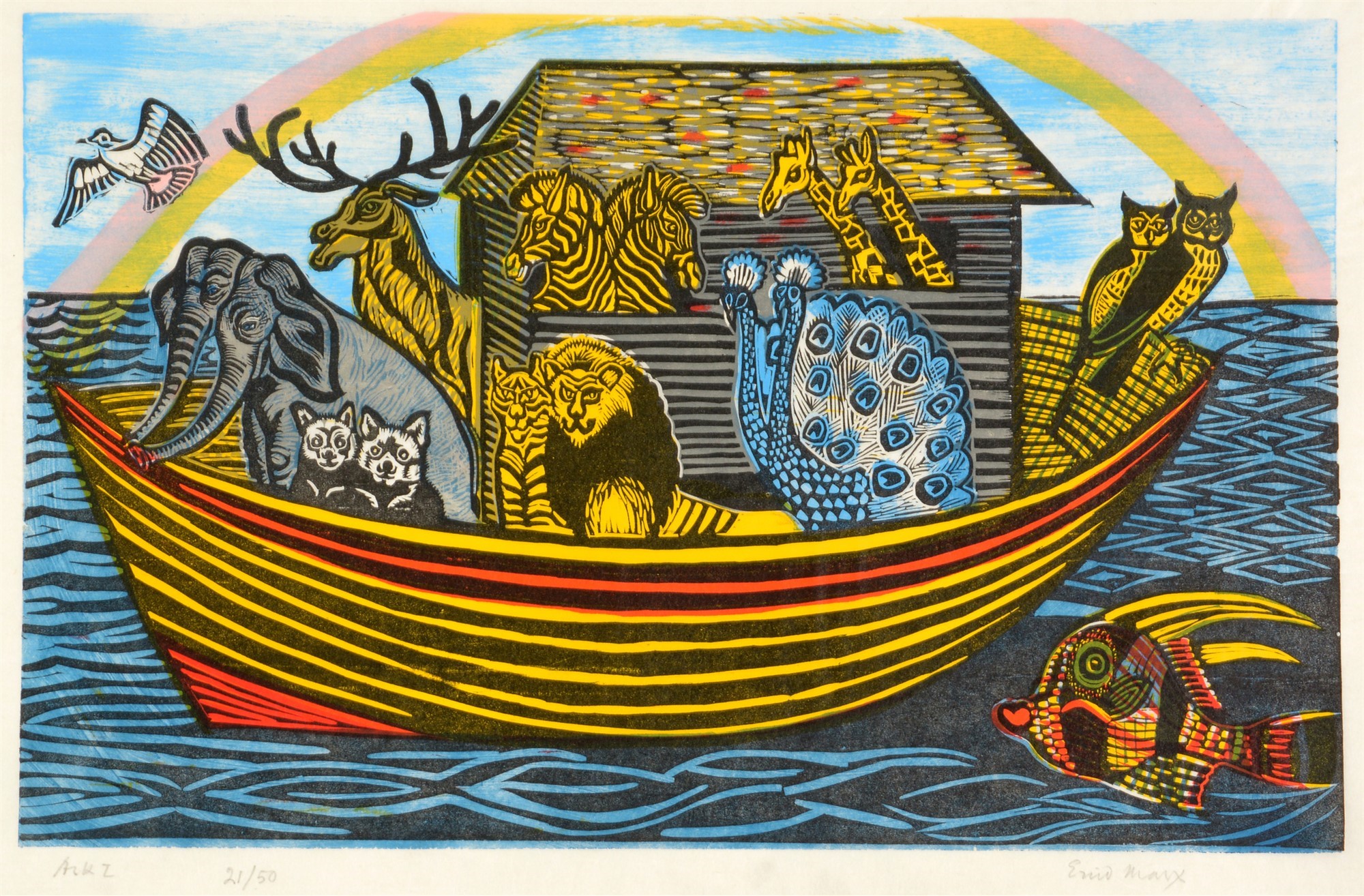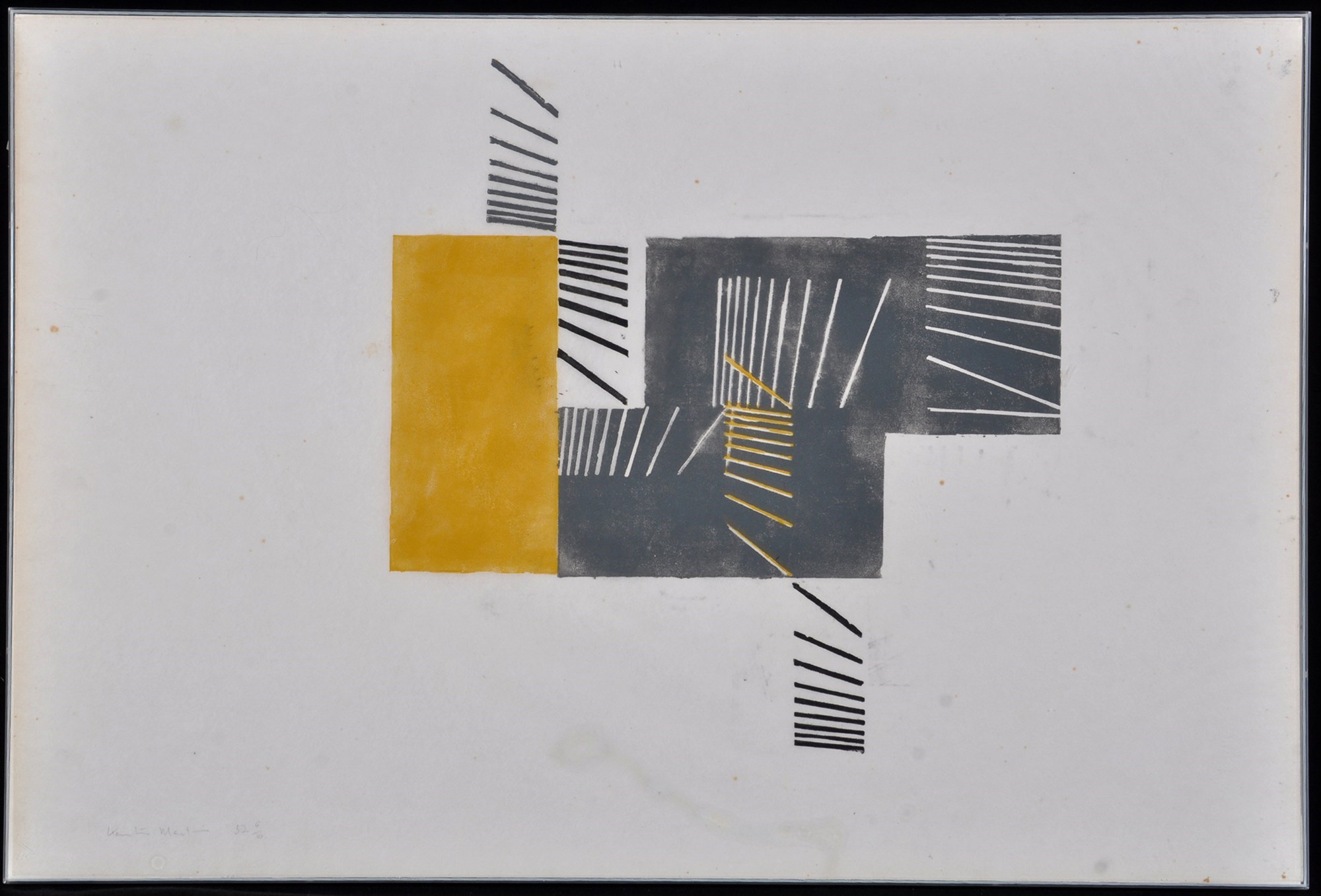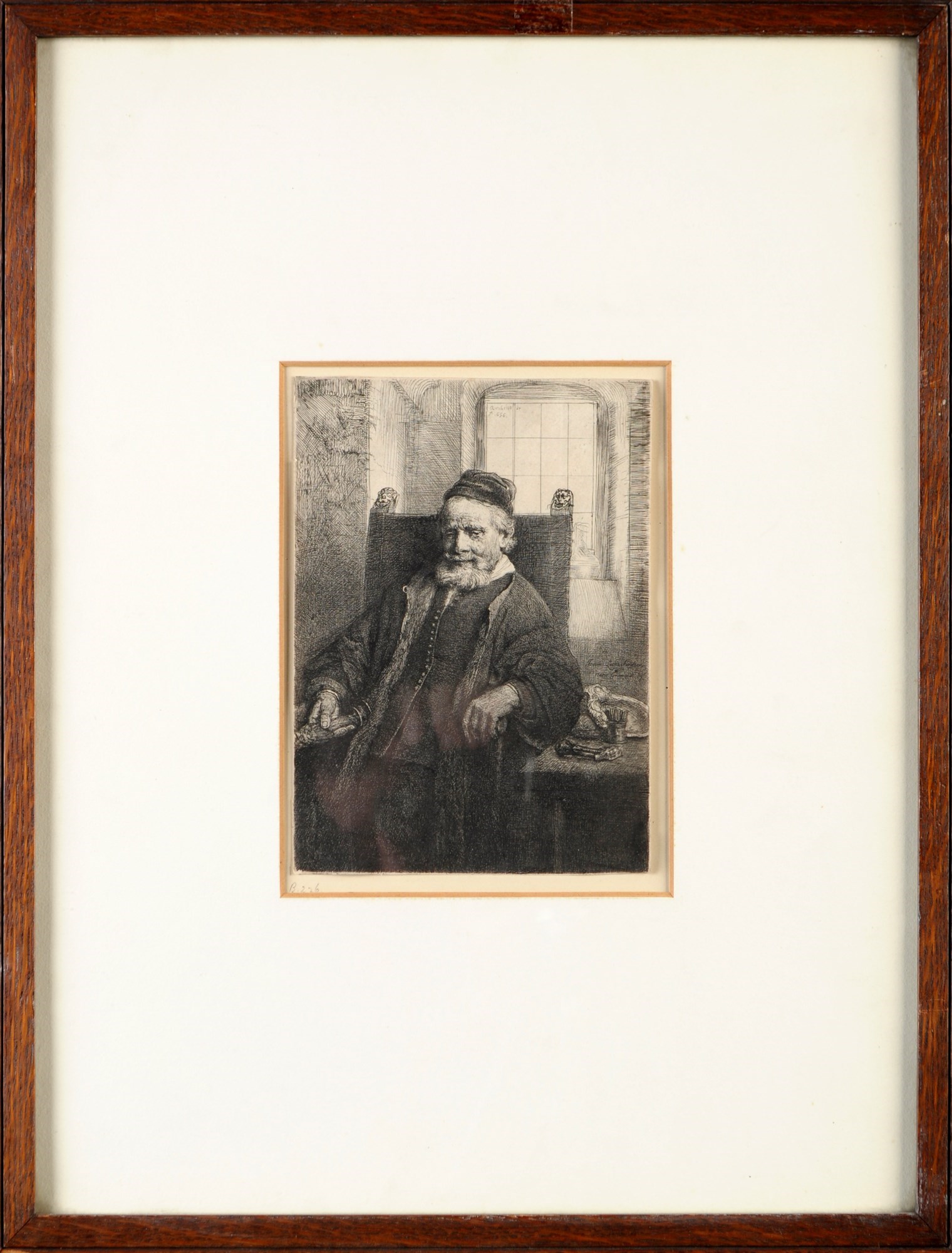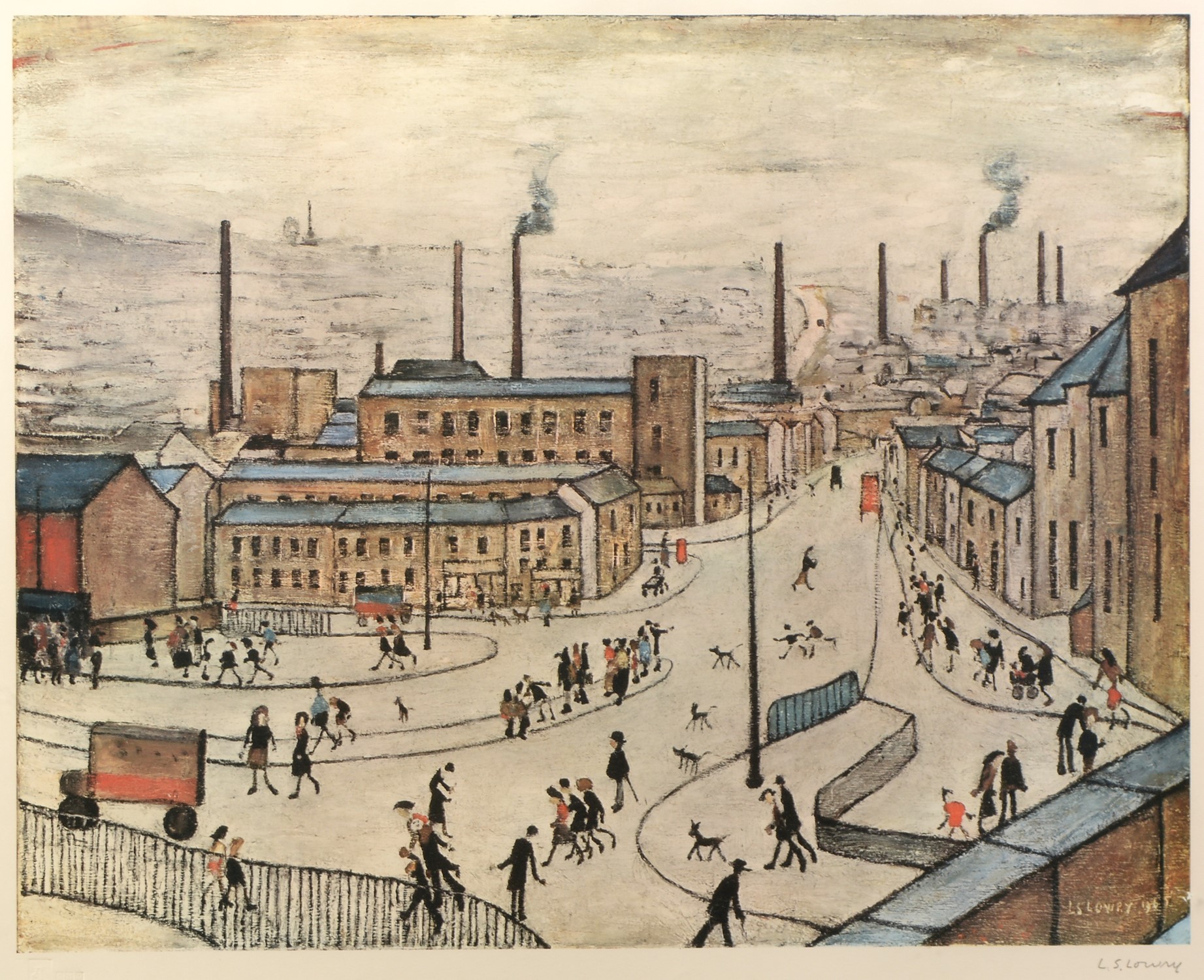How to identify prints and determine their value at auction
John Anderson, auctioneer at Newcastle auction house Anderson and Garland, gives his advice on valuing prints for sale at auction. Find out if your prints could fetch a decent sum at auction in this guide to valuing prints.

The process of creating fine art prints is not widely recognised by the public and there are many misconceptions behind what constitutes a valuable print. Printmakers are actually highly skilled technicians who can use a variety of methods to create unique, valuable works of art.
The distinction is important to understand: original prints are created when an artist comes to printmaking as form of artistic expression, using techniques like etching, woodcutting, linocuts, etc – as opposed to reproductions, where for example a photograph of a painting simulates the original work of art.
Prints can in fact be very valuable, especially those by renowned artists, rare prints or old prints in good condition.
Prints are a bit of a minefield when it comes to the value, which is often based on the production process and the artist’s involvement in the creation of the print. We will offer you some examples to demonstrate different types of prints and their values, as well as a rough guide to identifying and valuing prints.
Valuable prints to sell at auction
The more obvious artists to look out for are Picasso, Rembrandt, Albrecht Dürer, Toulouse-Lautrec, Remington, Renoir, etc. However, it is a massive market and a large spectrum of artists’ work is highly valuable on the auction block.
Popular types of prints which have sold for high value at Anderson and Garland auctioneers include:
Original woodcut prints
"Liverpool Street Station" by Edward Bawden is the original woodcut print created by the artist and is therefore one of a kind.

This relief printing process involves the artist carving an image into a block of wood to effectively remove the non-printing parts. The surface is then covered with ink and stamped onto high quality paper.
"Liverpool Street Station", 1961, Sold for £9,200 in The Modern Auction
See how woodcut prints are created:
[Embed video: Gauguin's Process: Making Wood-Block Prints https://www.youtube.com/watch?v=0WSJTC3EXdM]
Linocut prints
Enid Marx was a textile designer, printmaker and illustrator who helped define mid-20th century design. This linocut is an original print that doesn’t exist in any other form, besides the fact that there are similar versions she created using the cut-out sheet of linoleum used to create this design.
We sold the 21st print out of 50 – which we can identify from the marking in the bottom lefthand margin of the print.

''Noah's Ark 2'', sold for £580 in The Modern Auction
Abstract print
This colour relief print is another that fetched a large sum at auction, which is not only due to the fact that it was one of only ten prints made but also because of its Provenance, coming from The Lucy Milton Gallery in London. It was signed and dated ’52 by the artist Kenneth Martin.

Sold for £,6200 in The Modern Art and Design Auction
Etchings
Etching a supreme form of artistic expression and one of the more sought-after types of prints.
In traditional etching, a metal plate covered in wax is scratched off using an etching needle, exposing the bare metal. The plate is then dipped in a bath of acid, which dissolves the exposed metal, leaving behind lines in the plate. Ink is poured over and then wiped off so as to only be in the exposed lines. It then goes through a printing press to create the print.
Watch: Print making: etching by the British Museum
This Rembrandt etching sold for £4,800 in our Fine Art Auction.

Photographic prints
Today, we consider photographic prints as works of arts when they are originals – i.e. printed in the photographer’s own darkrooms. This is an original photo by Graham Smith, ''Redheads Slipway, South Shields'', 1981, which sold for £2,300 in The Modern Art and Design Auction.
Afters
One of the more common types of prints are the ‘repros’ – photographs of works of art. This is when an artist creates a piece of art – either a painting or an original print using one of the techniques described earlier – and then a photographer takes a high-quality photo of the artwork and prints out copies. (This really has nothing to do with the process of printmaking.)
These are often perceived as valuable when the author signs the print, which gives it more credence. Take this example of a repro of Laurence Stephen Lowry’s "Huddersfield", 1973, which sold for £3,500 in our Fine Art Auction because it was signed in pencil by the artist. This is After Lowry because it’s his image and his creative conception, but the print was not created by him as such.
After Laurence Stephen Lowry

Identifying and valuing prints
These are some of the factors that can help you pinpoint your piece of art and determine the potential value:
- Number of copies of the print
Is it an original or a print? And is it an original print or is it a reproductive print? Some prints are so high-quality that it’s difficult to tell with the naked eye. Hold a magnifying glass to it and if it is comprised of tiny, uniform dots, it’s definitely a print.
It might be more sought after if it was done as a limited-edition print. You can determine if this is the case if it indicates a fraction, for example, 36/100 was the 36th printing of 100 copies. Ideally, yours will be from a small print run like 5/12 for it to retain high value.
- The artist
Can you read the artist’s signature or initials, or is their name labelled on the back of the picture? Is the author alive? How much has their other work sold for?

- The year the print was created
Is the print dated and does it mention whether it’s a reproduction or indicate an edition number? Has it been in a museum or gallery?
- The style of print
Is it a woodcut, photograph, etching, screen print, or other style? What sort of paper is it printed on? Our print experts can identify the style for you if you’re unsure of the different techniques.
Do you have a potentially valuable print you’re considering selling at auction? Request a free pre-sale valuation using our online valuation form or ring 0191 430 3000 to arrange an appointment with our valuations team.
Read more:
- Discover 14 of the best living artists to invest in in 2019.
- View our print auction archives.